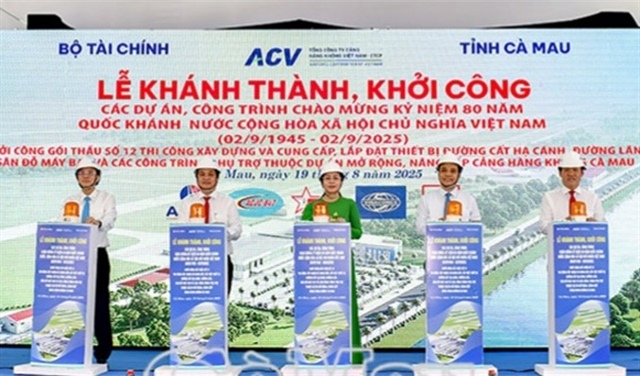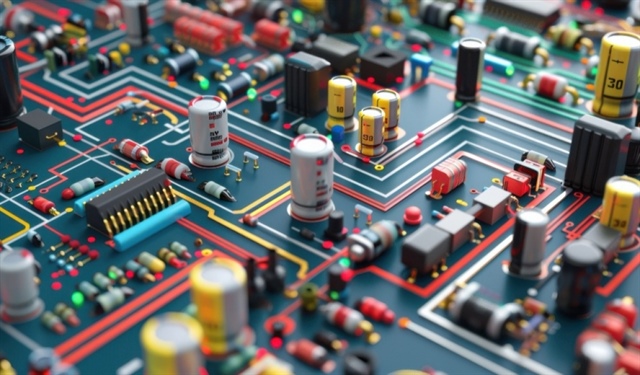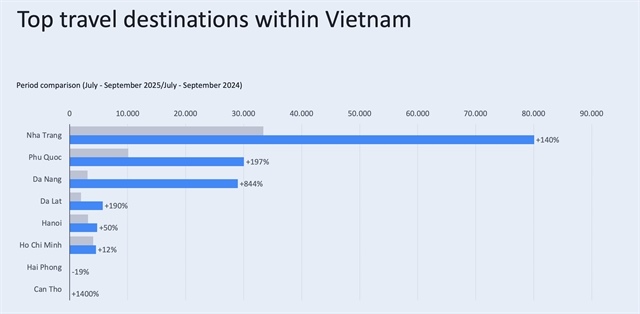Economists anticipate dark days with price rises and production stagnation
Economists anticipate dark days with price rises and production stagnation
The prices of the three most essential goods – petrol, electricity and gas – just within one month has made housewives worried stiff. Meanwhile, sources all have said that a big amount of cash would be pumped into circulation in the last five months of the year. All the above factors seem to back the returning of the high inflation.

Prices rise, and what’s next?
However, economists say it’s hardly probable to see the inflation increasing in the time to come, if considering the weak demand and the high inventories. Since consumers have run out of money and the purchasing power has become exhausted, the price increases would not have big impacts on the inflation.
According to Cao Sy Kiem, Chair of the Small and Medium Enterprise Association, the macroeconomic policies should be flexible depending on the conditions.
In the past, when the inflation rate was high, the government had to keep the electricity and petroleum prices stable. Now, when the consumer price index (CPI) increases are low, the prices of some essential goods could be heightened to ease the state budget deficit.
The current rice, coffee and industrial goods prices have been staying at low levels. Therefore, the increases of petroleum or electricity prices would not lead to the increases of the other products.
Vietnam has been integrating more deeply into the world. Therefore, once the petroleum and gas prices increase in the world, the price increases in the domestic market would be inevitable.
Meanwhile, some other economists do not think that raising the prices of a series of essential goods is a wise move for now. Pham Hong Hai, Deputy General Director of HSBC Vietnam, said people’s confidence has decreased, which should be seen as the biggest problem now.
Hai said in 2008, when economic difficulties appeared, people still bought goods and went traveling, because they believed the difficulties were just temporary and that the darkest days would elapse soon.
However, things are quite different in 2012. Since salaries, bonuses have been cut, jobs become unstable, people tend to fasten their belt. Therefore, the purchasing power has decreased sharply, despite the low prices of goods.
In such circumstances, the price increases of a series of essential goods would erode the consumers’ confidence more, making them fasten their belt more tightly, which means the sales would drop further.
The electricity price would strike down the enterprises in agony. According to Pham Chi Cuong, Deputy Chair of the Vietnam Steel Association, the power price hike would force a medium scale steel mill with the production capacity of 40,000 tons of steel a month to spend 1.56 billion dong more on electricity.
More cash in circulation would be a threat
According to Le Xuan Nghia, former Deputy Chair of the National Finance Supervision Council, the inflation rate for the whole year 2012 would be 4.6-6 percent. If the credit grows by 1.5 percent a month in the last months of the year (9 percent for six months), the GDP growth rate would be 5.3-.5.4 percent. With the figure, the inflation rate of the next five months would be 0.5-1 percent a month
However, if the credit grows by 2 percent a month, or 12 percent by the end of the year, GDP would reach 5.5-5.6 percent. However, in this case, the high inflation would return in the next five months.
Also according to Nghia, the 17 percent credit growth rate for the whole year would be quite normal, if the outstanding loans increase step by step. However, the rapid growth rate of 12 percent just within six months would be a threat. If so, the national economy would not be able to “absorb” the huge sum of capital, which would pave the say for the high inflation to return.
vietnamnet






















